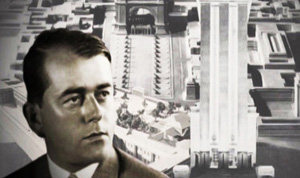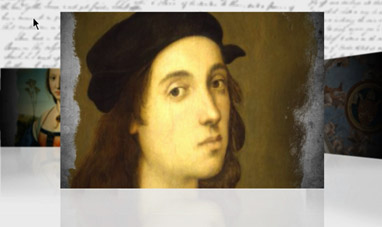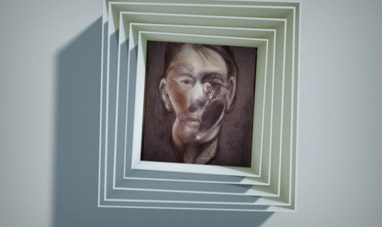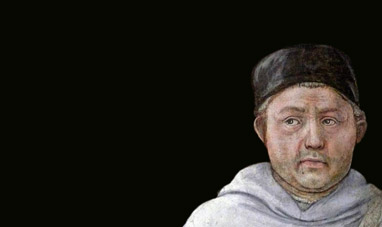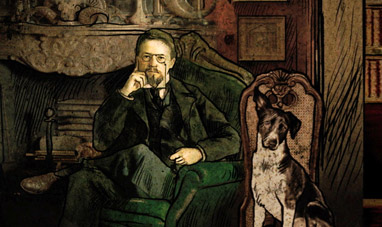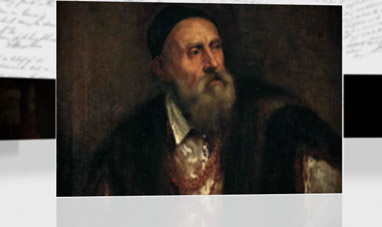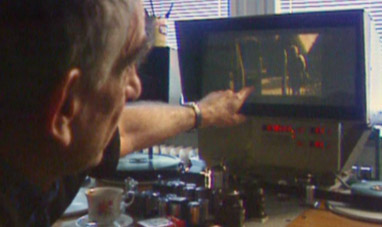Polykleitos was one of the greatest artists of ancient Greece. Celebrated for his bronze statues, he also wrote an important treatise on human proportions called the Kanon. He was born in Argos around 480 BC and began his career on the Peloponnesian peninsula, where he contributed to the flourishing of classical art. Once famous, he moved to Athens, then at the height of its political and cultural glory. All of Polykleitos ’ statues were lost, but they are known to the modern world thanks to marble replicas produced in ancient times as well as written descriptions of the originals. His most famous sculptures depicted young athletes. Early in his career he made “Discophoros”, [for graphics: show the marble reproduction in the Louvre] which presented a breakthrough in the representation of human anatomy. Ancient art had portrayed men and women in rigid poses, with their legs locked in place and their arms stretched along their sides. Polykleitos infused his sculptures with a new, natural appearance. He had his discus thrower stand on one leg while the other was suspended at a slightly different angle from the body. The pose of the subject's arms complemented his legs, resulting in a precise symmetry. “Doryphoros” is considered his masterpiece. [for graphics: show the marble replica in Naples’ Museo Nazionale Archeologico] The statue of a young man carrying a spear may have been an athlete or even the mythical Greek hero Achilles. “Doryphoros” represented classical ideals of beauty and employed Polykleitos’ study of the human form to the utmost.
He took pains to achieve the right proportions for his sculpture's anatomy, employing mathematical calculations. With the size of the head equal to one eighth of the body and the legs beginning at the exact center of the sculpture, the pose exemplified perfect equilibrium. The face appeared confident, tranquil, and above all in harmony with the classical Greek aesthetic. Both his sculptures and the distribution of his treatise on the body made Polykleitos one of the most important artists of his time. Around 430 BC, he won a competition to sculpt the statue of an Amazon in the Temple of Artemis at Ephesus, thus increasing his fame. The statue's uplifted arms and gently balanced pose highlighted Polykleitos' mastery of his art form. For the Temple of Heraion at Argos, he designed a giant sculpture in gold and ivory. Many different Greek coins bore reproductions of the image. The “Diadumenos” was one of his last works. It depicted an athlete holding a banded ribbon symbolizing his victory. Little is known about Polykleitos death, which probably happened around 420 BC. But there is no doubt that his legacy would exert a powerful influence on subsequent developments in sculpture.
He took pains to achieve the right proportions for his sculpture's anatomy, employing mathematical calculations. With the size of the head equal to one eighth of the body and the legs beginning at the exact center of the sculpture, the pose exemplified perfect equilibrium. The face appeared confident, tranquil, and above all in harmony with the classical Greek aesthetic. Both his sculptures and the distribution of his treatise on the body made Polykleitos one of the most important artists of his time. Around 430 BC, he won a competition to sculpt the statue of an Amazon in the Temple of Artemis at Ephesus, thus increasing his fame. The statue's uplifted arms and gently balanced pose highlighted Polykleitos' mastery of his art form. For the Temple of Heraion at Argos, he designed a giant sculpture in gold and ivory. Many different Greek coins bore reproductions of the image. The “Diadumenos” was one of his last works. It depicted an athlete holding a banded ribbon symbolizing his victory. Little is known about Polykleitos death, which probably happened around 420 BC. But there is no doubt that his legacy would exert a powerful influence on subsequent developments in sculpture.






